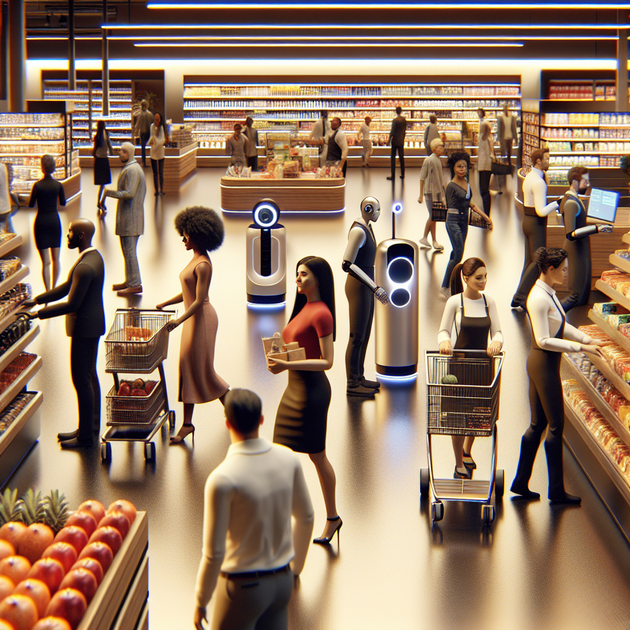Is artificial intelligence about to steal everyone’s job? Not if you ask the Walmart CEO. In a world where tech headlines often spell doom for traditional jobs, Doug McMillon—the leader of America’s biggest retailer—has a refreshingly level-headed take. Even as he admits that “AI is going to change every job,” McMillon says Walmart’s headcount will stay flat for now and that he wants “everybody to make it to the other side.”
How the Walmart CEO Sees AI Changing Retail
The primary keyword here—Walmart CEO—comes up a lot in conversations about technology and labor. And with good reason. When the top boss at a company employing over 2 million people worldwide talks about artificial intelligence, folks tend to listen.
So what exactly does Doug McMillon mean by helping “everybody make it to the other side”? He’s acknowledging that artificial intelligence and automation are already starting to shift how stores operate and how employees do their work—from stocking shelves with smart robots to using predictive analytics for inventory.
But instead of rushing into layoffs or mass restructuring (as some tech companies have), McMillon is taking a slower approach. He wants workers prepared for these changes rather than blindsided by them.
Walmart Jobs in an Age of Automation
When people hear “AI in retail,” panic about job losses isn’t far behind. Yet according to recent comments from the Walmart CEO, there are no immediate plans for sweeping layoffs—even though automation is picking up speed across stores.
Here are some key points from his stance:
- Job stability: Headcount will remain flat “for now,” meaning no massive cuts are planned in the near term.
- Reskilling: Employees will need new training as tasks evolve alongside smarter tech.
- Collaboration: Humans and machines can work together—think robots handling heavy lifting while people focus on customer service.
- Long-term planning: The company is watching trends but not making rash decisions.
This measured approach sets an example for other retailers facing similar challenges with AI.
Anecdote: Learning From Cashiers Turned Coders
A few years ago, there was a story making rounds within retail circles—a longtime cashier at a major chain who started learning basic coding through company-offered courses. At first she worried robots would take over her station; instead, she ended up helping test new self-checkout systems and later became a supervisor overseeing digital solutions on the sales floor.
That’s exactly the kind of transformation Doug McMillon seems to be talking about at Walmart. By encouraging employees to learn new skills rather than simply replacing them with machines, companies can create opportunities even as old roles disappear.
The Future Workforce: Adaptation Over Fear
It’s clear that automation won’t stop any time soon—self-driving delivery trucks or robot janitors could be just around the corner at your local superstore. But based on what we’re hearing from the Walmart CEO himself, there’s room for optimism if businesses commit to supporting their teams through these transitions.
The lesson? Embracing technology doesn’t have to mean leaving people behind.
- Invest in ongoing training so workers can move into higher-value roles
- Use AI tools to make jobs safer or more interesting—not just cheaper
- Create pathways from entry-level work into tech-driven positions within the company
- Make sure communication about changes is transparent and honest
Ultimately, customers may not notice all these changes immediately—but behind every friendly greeter or speedy checkout might be a blend of human know-how and machine efficiency working together.
What Does This Mean For You?
For anyone working in retail (or even shopping there regularly), it’s reassuring when leaders take responsibility for their teams during uncertain times. The conversation sparked by the Walmart CEO shows that while AI is set to reshape every job eventually, it doesn’t have to come at the cost of livelihoods right away.
So here’s something worth thinking about: As technology keeps moving forward faster than ever before… How do you hope businesses will help workers adapt?

Leave a Reply